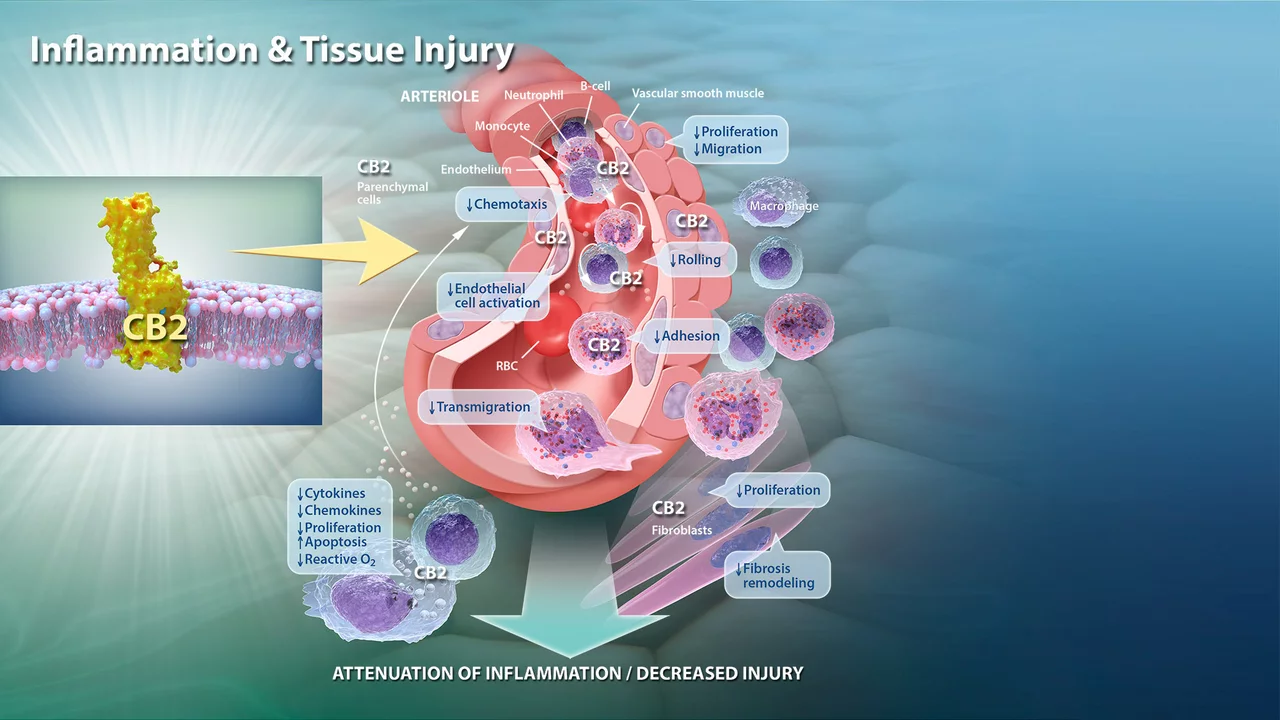Inflammation: What It Feels Like and What You Can Do Now
Inflammation is your body's response to injury, infection, or irritation. You’ll notice redness, heat, swelling, pain, or loss of function. Sometimes it’s short-lived and helpful; other times it sticks around and damages tissue. Knowing the difference between useful and harmful inflammation helps you pick the right action fast.
Smart at-home steps
If the problem is a new sprain, bruise, or small infection, try these simple moves first: rest the area, use ice for 10–20 minutes to reduce swelling, compress with an elastic bandage, and elevate the limb above heart level when you can. That classic R.I.C.E. approach still works for many injuries. For mild joint pain, gentle movement often beats complete inactivity—short walks or gentle stretching help maintain mobility without feeding the inflammation.
Diet and daily habits matter. Cut back on processed foods, excess sugar, and binge alcohol, which can promote chronic inflammation. Swap in more vegetables, fatty fish or a reliable omega-3 source, nuts, and whole grains. Sleep and stress control also lower inflammatory signals—aim for consistent sleep and short stress breaks during the day.
Medications, treatments, and safety tips
Over-the-counter NSAIDs like ibuprofen or naproxen reduce pain and swelling for many people. Acetaminophen eases pain but won’t reduce swelling. For skin inflammation, topical creams or steroid creams prescribed short-term can help. If a fungal or bacterial infection causes inflammation, targeted drugs (like terbinafine for nail fungus or antibiotics for bacterial infections) are appropriate—taking the right medicine for the right cause is key.
Watch interactions and risks. NSAIDs can affect blood pressure, kidneys, and increase bleeding risk, especially if you take blood thinners. Steroid use has side effects when long-term. If you buy medications online, follow safe steps: confirm the pharmacy is licensed, require a prescription when needed, and check reviews or third-party verification. Our site has guides on how to spot legit online pharmacies and avoid scams.
When to see a doctor? Get help if you have high fever, rapidly spreading redness, pus, sudden loss of function, severe pain that won’t ease, unexplained weight loss, or signs of systemic illness. For long-term joint pain, persistent low-grade inflammation, or concerns about medication side effects, ask for blood tests or specialist referral—early evaluation can prevent long-term damage.
Keep a simple symptom log: note when pain flares, what you ate, sleep hours, and meds taken. That record helps your clinician identify triggers and tailor treatment. If you want specific drug info, side-effect checks, or safe buying tips, browse our related articles on alternatives to NSAIDs, antifungals like Lamisil, and safe online pharmacy practices.
Inflammation isn’t a single problem—it’s a clue. Use quick home fixes for minor flare-ups, make smarter daily choices to reduce chronic inflammation, and get professional care when signs point to infection or lasting damage.

The Role of Inflammation in Joint Damage: What You Need to Know
Well, folks, here's a hot topic that's been inflaming the minds of folks in the health world - pun intended. Let's dive into the role inflammation plays in joint damage, which is pretty much like a party crasher messing up our body's happy joint party. When our body's immune system goes into overdrive, it causes inflammation that leads to joint damage, it's like when your car alarm goes off falsely, but can't be switched off - annoying, right? Chronic inflammation can be like a bad house guest, overstays their welcome and causes the damage to our joints, turning them from smooth operators into rusty hinges. So, keep your joints jolly by keeping inflammation in check, because nobody likes a party pooper, right?
Read More




